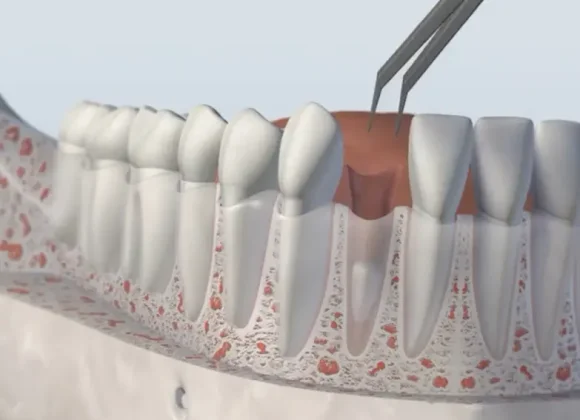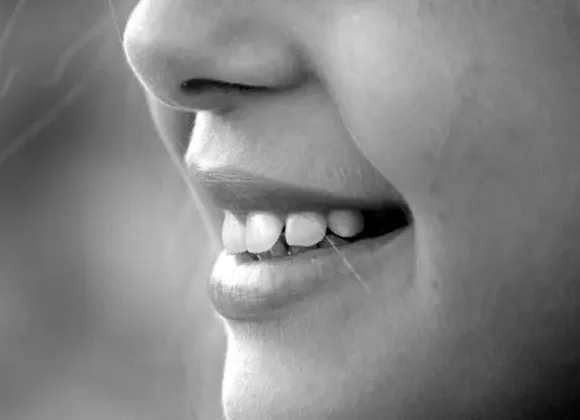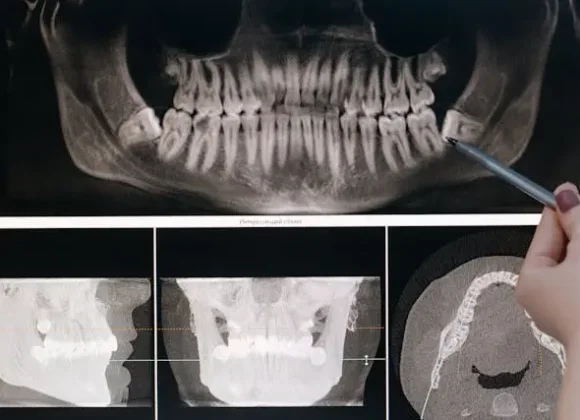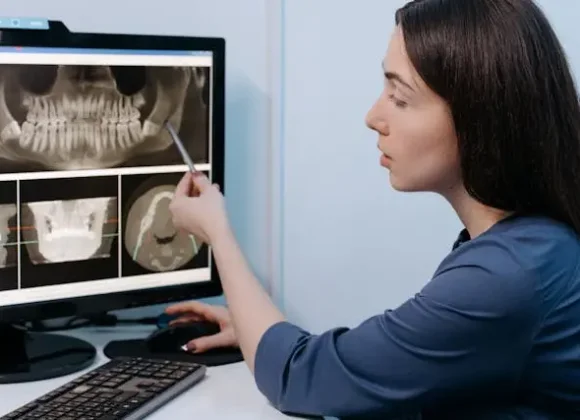Rebuilding the Foundation for a Healthy, Functional Smile
Over time, missing teeth can cause the jawbone to shrink or resorb, making it difficult—or even impossible—to place dental implants. In addition to affecting your ability to chew or speak properly, this bone loss can also lead to shifting teeth and visible changes in your facial appearance.
Fortunately, bone grafting allows us to rebuild the lost bone structure, creating a strong foundation for dental implants, dentures, or other oral reconstructive procedures. At Third Coast Oral & Maxillofacial Surgery, Dr. Niquette and Dr. Lytle use advanced techniques to restore bone health and support long-term oral function and aesthetics.
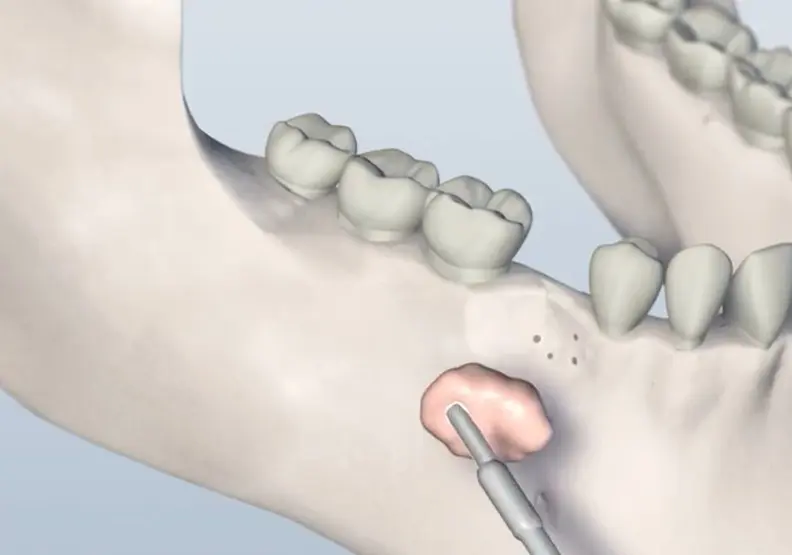
Why Bone Grafting May Be Needed
You may need a bone graft if you:
- Have had missing teeth for a long period of time
- Suffered bone loss due to gum (periodontal) disease
- Experienced trauma or infection that damaged the jawbone
- Are preparing for dental implants but lack sufficient bone volume
- Have congenital conditions or previous surgery that altered bone structure
With modern surgical techniques, we can often grow new bone where it’s needed, giving patients who were once not candidates for implants a second chance at full dental restoration.
Types of Bone Grafting
Minor Bone Grafting
Minor grafting procedures are often performed in preparation for dental implants, especially when the bone is too thin or soft to support an implant securely. These procedures are typically done in-office under local anesthesia or IV sedation.
- Socket preservation (graft placed immediately after a tooth extraction)
- Ridge augmentation (to rebuild natural contours of the jawbone)
- Guided bone regeneration (GBR) using specialized membranes to support healing and bone regrowth
These techniques improve bone volume and quality, creating the ideal conditions for successful implant placement.
Major Bone Grafting
Major bone grafting is used to rebuild larger sections of the jaw affected by:
- Facial trauma
- Tumor removal
- Severe atrophy from long-term tooth loss
- Congenital conditions (present at birth)
In these cases, bone may be taken from a tissue bank or harvested from the patient’s own body—typically from the hip (iliac crest), tibia (shinbone), or skull (cranium)—depending on the volume and structure needed. These procedures are usually performed in a hospital setting under general anesthesia and may involve a short hospital stay.
What to Expect During Bone Grafting
The exact approach depends on your specific case and goals. During your consultation, Dr. Niquette or Dr. Lytle will:
- Review your dental and medical history
- Use advanced imaging (like 3D CBCT scans) to evaluate your bone structure
- Discuss grafting options, including material types and anesthesia
- Outline the healing timeline and next steps for dental implants, if applicable
Healing from bone grafting typically takes several months as the new bone integrates with your natural bone. Throughout the process, our team will closely monitor your progress to ensure optimal results.
Schedule a Bone Grafting Consultation Today
At Third Coast Oral & Maxillofacial Surgery, we’re proud to offer the latest in bone regeneration technology to help patients regain function, facial structure, and implant eligibility. Whether you're replacing a single missing tooth or restoring an entire arch, bone grafting may be the first step toward reclaiming your oral health and confidence.
If you’ve been told you’re not a candidate for dental implants—or have experienced significant bone loss—contact our team to learn whether bone grafting could be right for you.


